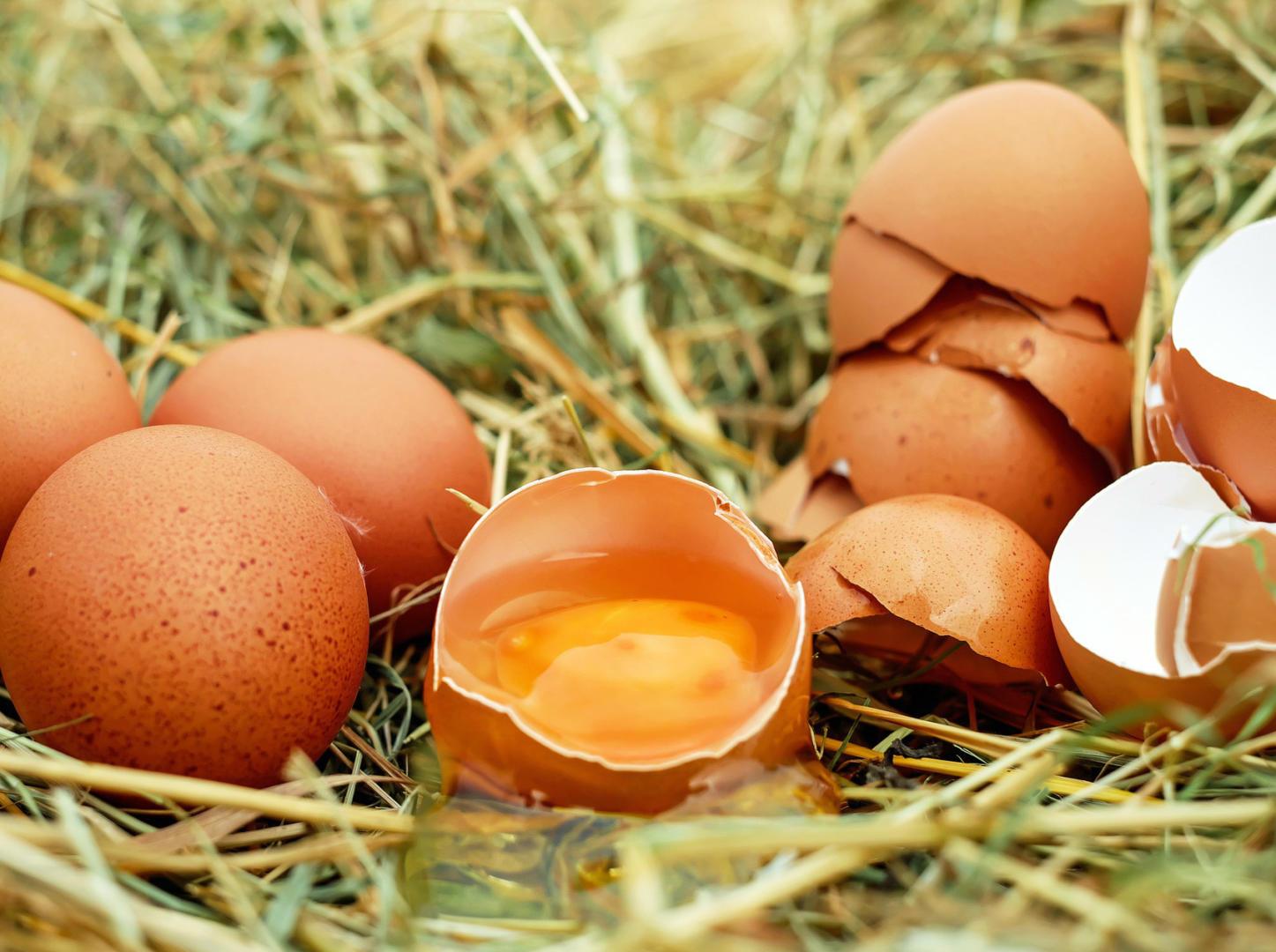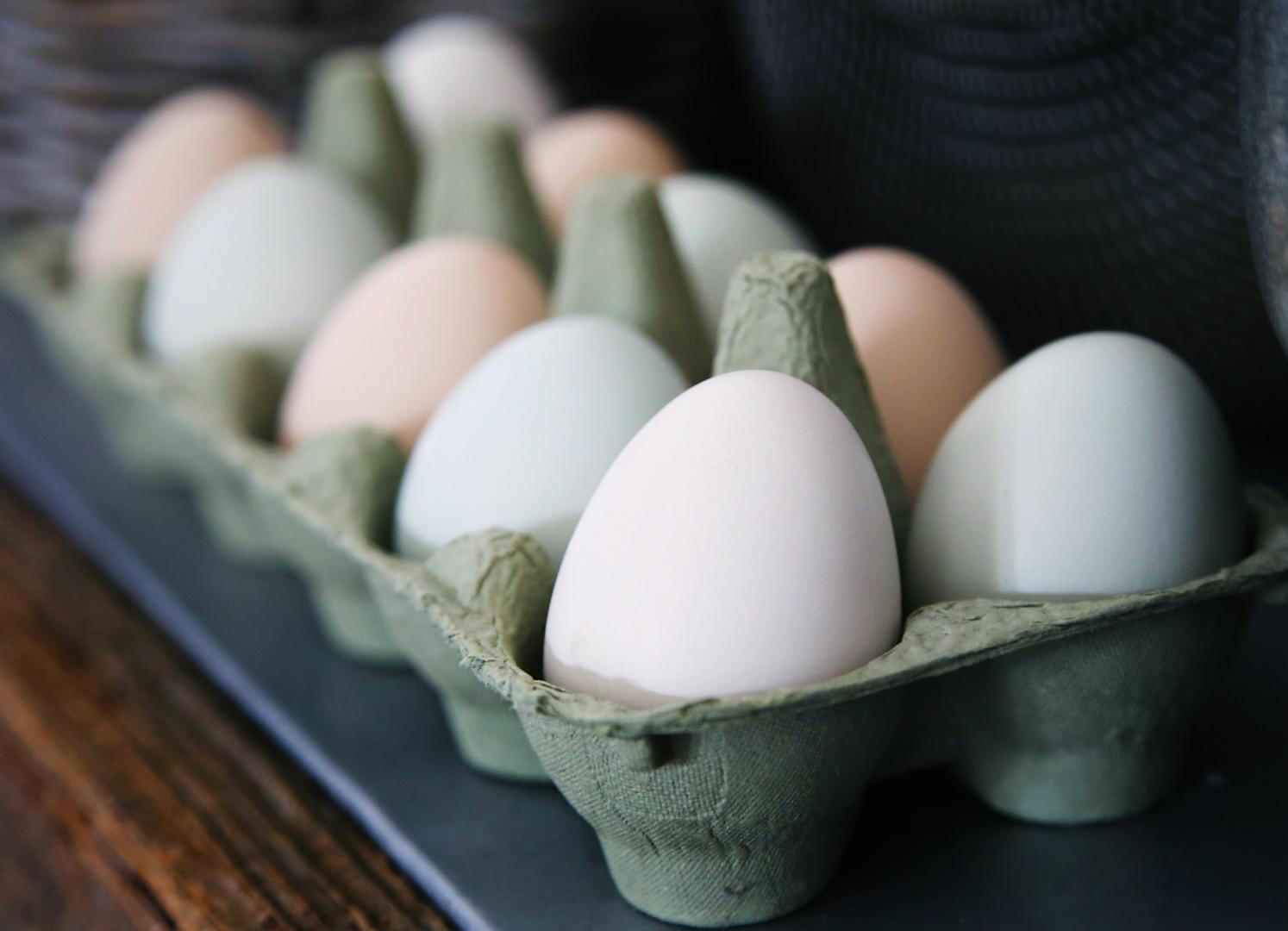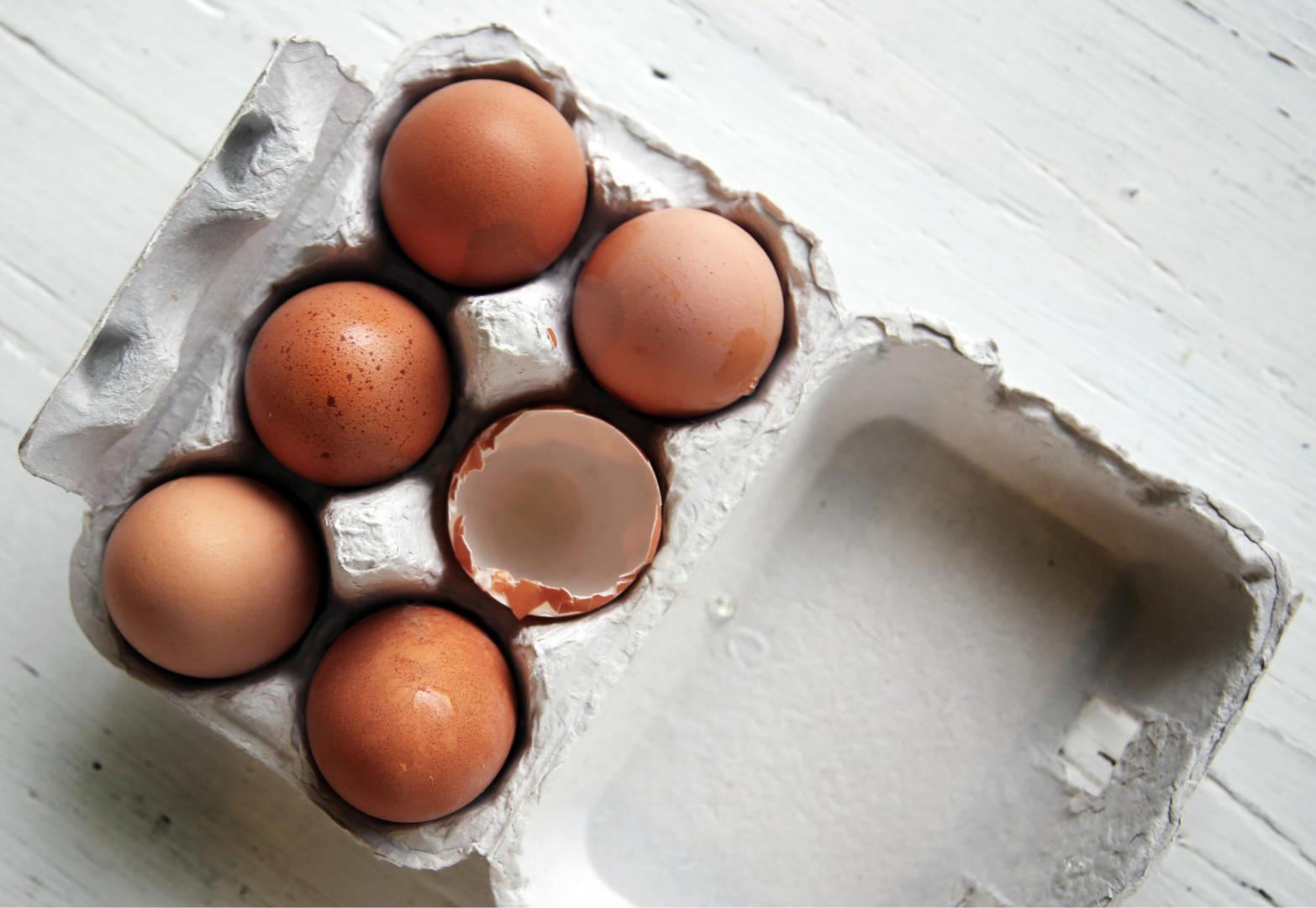The Color Of Your Eggs Doesn’t Matter For Your Health

Unsplash
The last time you went to the grocery store, you probably had to decide whether to buy white or brown eggs. White seems comfortable and familiar. Maybe your parents bought white eggs when you grew up and they seem like a no-brainer. On the other hand, brown eggs seem more natural looking and farm fresh.
Ideally, there are organic eggs available in both colors, but how do you decide between the two varieties? You might’ve noticed that brown eggs are a little more expensive than white eggs, but price isn’t a sound indicator of how healthy the eggs are. The main difference in color is tied to the type of chicken that the egg comes from, which also determines its size.

Pixabay
Nutritionally there is no meaningful difference between the two egg colors. A study by Michigan State University explored why chicken eggs are different colors and found that “other than appearance, there are no major differences between eggs from different breeds.”
White-feathered chickens lay white eggs and red-feathered chickens lay brown eggs, which are usually larger than their white counterparts. The bigger the chicken, the bigger the egg. It costs more to feed the bigger chickens, which makes the brown eggs more expensive. Plain and simple. If you’re at a farmers market or a locally-sourced grocery store, you might even see blue or speckled eggs.

Unsplash
Some may think there’s also a difference in the shell of the two colors. The only thing you need to know is that younger chickens lay eggs with harder shells. The color of the yolk can also vary depending on what kind of feed the chickens eat.

Unsplash
Here’s How To Tell The Difference Between Eggs:
Cage-Free: This just means the eggs came from hens that didn’t live in a cage. They’re able to roam freely, spread their wings and lay their eggs in a nest.
Battery-Cage: Battery cages are made of wire and are around the size of a microwave or medium-sized cardboard box. They can’t spread their wings and the cages are overcrowded. Hens live in these cramped quarters for their entire lives where there is a higher risk for diseases to spread.
Organic: Under the organic umbrella there are different labels. There’s 100% organic, made of 95% percent organic ingredients, and then there’s the “made with organic ____”, which contains around 70% organic ingredients. If you aren’t quite sure what organic means, it basically indicates that the hens were fed a diet mostly free of pesticides, herbicides, fungicides and commercial fertilizers. The eggs are exposed to fewer chemicals throughout the process.
Free-Range: The hens were allowed outdoors and exposed to sunlight.
Pasture-Raised: This means the hens had an ideal habitat with grass and plants. These hens roam outside year-round and are fed a natural diet of plants, insects and worms.
Pasteurized: This is a process used in food processing to kill off bad bacteria, which can reduce the risk of foodborne illness.

Unsplash
Bet you didn’t realize there’s so much to consider when picking up a carton of eggs, huh? Well, now you know that the color of your eggs doesn’t matter and other considerations to take into account. You should buy 100% organic eggs if you can. Pasture-raised would be even better if you can find them at your local grocery store.











